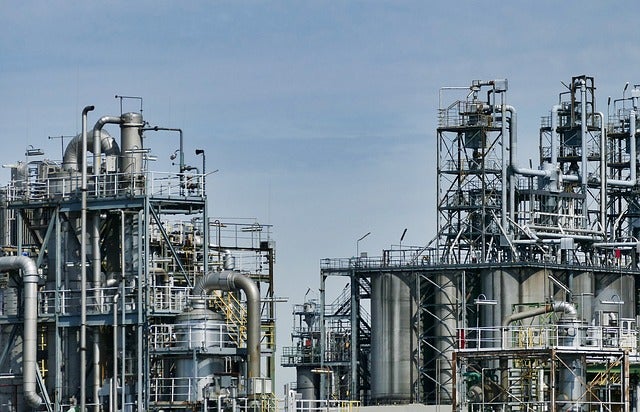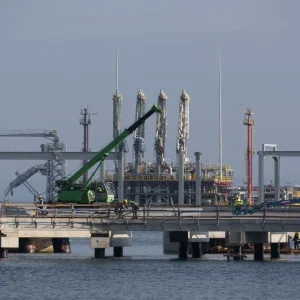
ExxonMobil has commenced field trials of emerging methane detection technologies, including satellite and aerial surveillance monitoring, to reduce methane emissions in the US.
The testing of eight methane monitoring technologies is being carried out at nearly 1,000 sites in Texas and New Mexico using drones, planes, helicopters, ground-based mobile and fixed-position sensors.
The field tests aim to assess the effectiveness and scalability of a range of advanced detection technologies.
The technologies and deployment methods are planned to be used to detect leaks and identify potential solutions, which can be shared with other oil and gas operators.
ExxonMobil unconventional senior vice-president Staale Gjervik said: “By testing the most promising methane detection technologies in a field environment, we are providing viable solutions that can be adopted by other producers to detect and reduce methane emissions.
“We are applying scientific rigor and taking aggressive steps to find commercially scalable and affordable solutions for all operators.”
The firm noted it is using a combination of field observations, optical gas imaging cameras and portable methane detection instruments to validate the technologies.
ExxonMobil compares measurements to downwind emissions observations
Additionally, ExxonMobil is comparing measurements to downwind emissions observations using Aerodyne Research’s technology to enable holistic measurement of site emissions.
Gjervik added: “We are already seeing the benefits of some of these technologies. Through the trials, we have discovered methane sources that would otherwise not have been detected as efficiently or quickly under the current methods prescribed by regulations.
“The company is committed to immediately investigating and fixing methane emissions that are detected during the trial.”
ExxonMobil is working with more than 80 universities across the world to explore next-generation energy technologies.
Recently, the company announced plans to reduce its capital spending budget for 2020 by 30% due to the plunging oil price.






